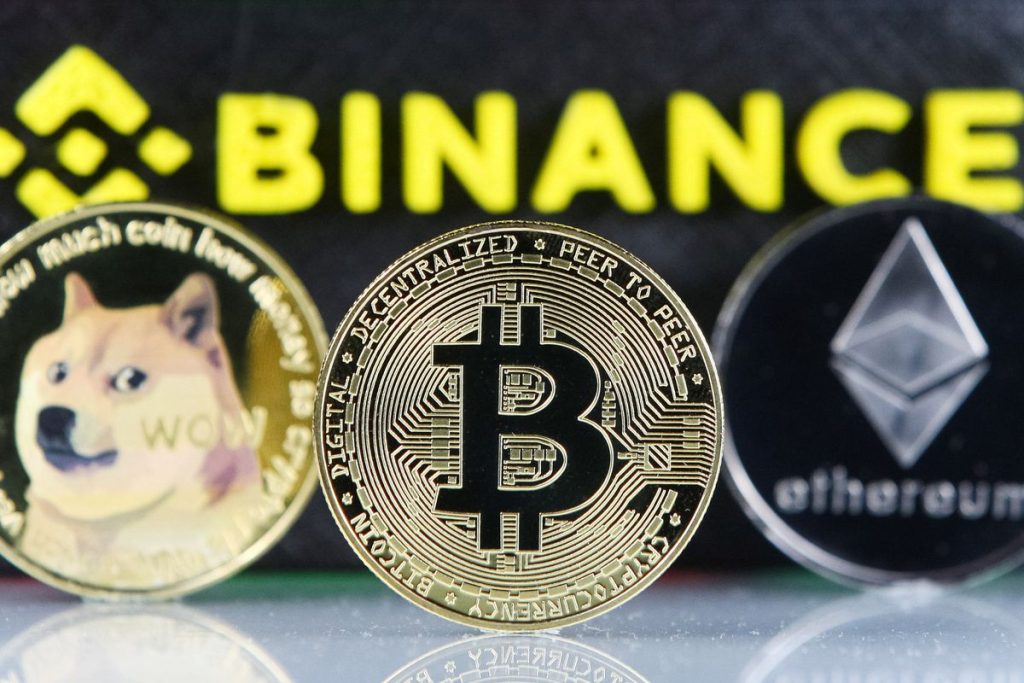The cryptocurrency market has demonstrated remarkable resilience amidst a turbulent global economic environment. Despite facing various uncertainties, including regulatory challenges, economic instability, and fluctuating investor confidence, the crypto market continues to hold its ground, offering a unique mix of innovation, decentralized financial solutions, and investor opportunities. One of the key factors contributing to this resilience is the growing adoption of blockchain technology, which underpins cryptocurrencies. Blockchain’s transparent and secure nature has gained traction beyond just digital currency, with applications spanning from supply chain management to decentralized finance DeFi. This diversification of use cases has helped cryptocurrency markets build a more stable foundation, extending beyond speculative trading and offering real-world value to businesses and consumers. Another contributing factor is the increasing recognition of digital assets as a potential hedge against inflation and economic uncertainty. Traditional markets, including equities and bonds, have faced volatility due to various macroeconomic pressures such as inflation, rising interest rates, and geopolitical instability.

In contrast, many investors view digital assets as a store of value, offering diversification in their portfolios. Cryptocurrencies, in particular, are seen as a means of safeguarding wealth outside of traditional financial systems, which adds an element of appeal during periods of uncertainty. The regulatory landscape, although still evolving, has also played a significant role in stabilizing the market. In many jurisdictions, governments have made strides toward creating clearer regulations, offering a level of legitimacy and security to investors. While regulatory uncertainty remains in some regions, the market has learned to adapt, and many industry players have worked proactively to meet compliance standards, thus fostering trust and improving market stability. The entry of institutional investors has further strengthened the market’s resilience. Over the past few years, institutional participation has increased, with hedge funds, asset managers, and even traditional financial institutions allocating capital into digital assets. This influx of institutional capital has brought both legitimacy and liquidity, helping the market weather fluctuations more effectively.
Moreover, the Cryptocurrency news space has seen continued technological advancements, such as the development of more scalable blockchain networks, improvements in transaction speeds, and the integration of AI and other cutting-edge technologies. These innovations contribute to a more robust infrastructure, addressing issues like network congestion and high transaction fees, which have historically hindered broader adoption. Market sentiment has also shown resilience. While short-term fluctuations are inevitable, the long-term view remains optimistic for many investors who recognize the disruptive potential of cryptocurrencies. This sustained interest in crypto assets, even in the face of adversity, speaks to the growing belief in their future potential. The increasing number of applications and their positive impact on industries such as finance, healthcare, and logistics continue to inspire confidence in the sector. In conclusion, while uncertainty continues to affect global markets, the cryptocurrency sector has shown remarkable resilience. From its expanding technological ecosystem to its increasing adoption as a hedge against economic instability, the crypto market is proving that it can withstand volatility.

